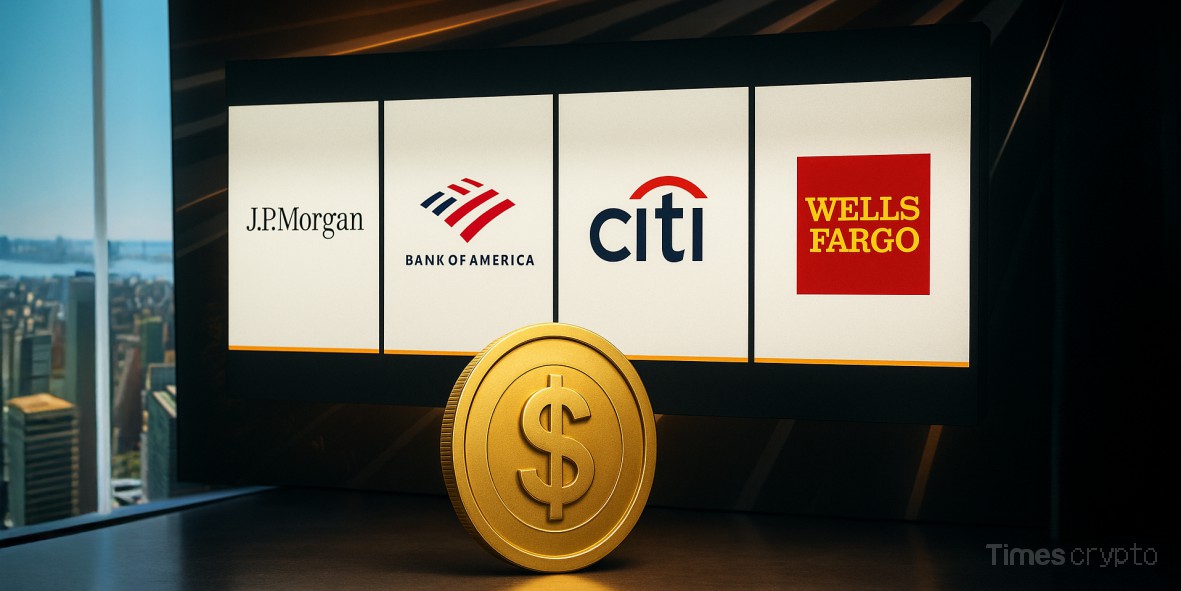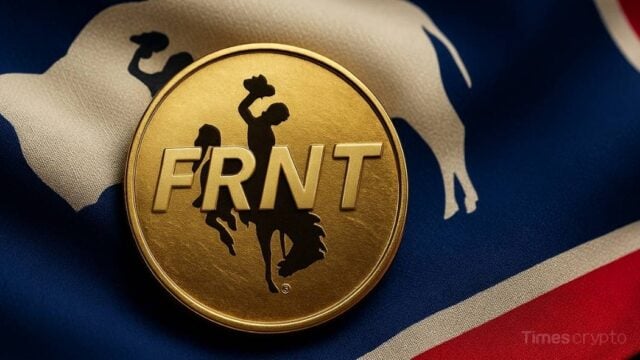Key Takeaways:
- Stablecoin Issuance: Regulation First – Banks waited for clear rules (GENIUS Act) before committing
- Institutional Focus: JPMorgan’s initial product targets corporations, not retail
- Custody Wars: Banks aim to leverage existing trust for crypto asset management
- Fintech Pressure: PayPal’s PYUSD and Circle’s dominance forced their hand
The Banking Shift a Few Saw Coming
In an unexpected (or so expected – if you want) turn of events, Wall Street’s loudest critics of the crypto industry are now racing to launch their own stablecoin issuance. JPMorgan’s Jamie Dimon, who said Bitcoin was akin to “pet rocks,” confirmed he was “working on deposit tokens and public stablecoins” during Tuesday’s earnings call. And he’s not alone. Citigroup CEO Jane Fraser said her bank is “looking at issuing a Citi stablecoin“, while Bank of America’s Brian Moynihan confirmed his bank was doing similar planning, as well as Wells Fargo.
This sudden excitement comes from two hard facts: $11 billion in yield-bearing stablecoin demand (according to the latest Pendle report), and fintechs are eating banks’ lunch through quicker, cheaper, crypto payment methods. With the GENIUS Act on track to create federal rules for the use of a stablecoin, traditional finance (TradFi) is getting ready to play offense.
Why Banks Are Changing Tune
The Defense Play
Dimon recognized that banks must adapt as fintechs “are making bank accounts and payment systems in uncontrolled environments,” outside traditional channels. For instance, stablecoins offer 24/7 settlements – something SWIFT can’t match.
The Regulatory Green Light
The Federal Reserve (FED) recently dropped rules requiring banks to seek approval for crypto services. At the same time, the GENIUS Act establishes clear issuance frameworks.
The Custody Goldmine
Citigroup sees “tokenized deposits and digital-asset custody” as complementary opportunities. For banks already safeguarding trillions, managing crypto collateral would be just an extension.
The Contenders
- JPMorgan: They are testing a private “deposit coin” for institutional clients first
- Citigroup: Exploring a public-facing stablecoin with custody services
- Bank of America: Developing a dollar-pegged token pending final regulations
- Wells Fargo: In early but solid-stage talks
- Societe Generale: Already launched “USD CoinVertible” (USDCV) on Ethereum/Solana
These join Circle’s USDC and Paxos’ USDP in the regulated stablecoin market. However, bank-issued versions may become dominant due to their pre-existing compliance infrastructure. They won’t miss this.
What’s for the Crypto Space
For regular users, bank stablecoins ‘promise’:
✅ Easier on/off ramps between crypto and traditional accounts
✅ Potential integration with other payment apps like Zelle, Venmo, etc.
✅ Reduced counterparty risk versus algorithmic stablecoins
Above this, other questions arise: Will these tokens be interoperable across chains? Can banks handle crypto’s volatility? And will decentralized purists trust Wall Street’s versions?
The Bottom Line
I can only think this is more about survival than banks really “believing” in crypto. As BlackRock’s Larry Fink once noted, stablecoin issuance represents a “great underrated opportunity” to modernize finance. The coming months will show whether traditional institutions can out-innovate the startups they once dismissed.
Final Thought: When Jamie Dimon and Satoshi Nakamoto’s philosophies collide on the blockchain, who wins? The answer may transform global payments forever.
For more stablecoin-related stories, read: Fiserv’s Stock Gains 4% as it Teams with Circle to Launch Stablecoin







